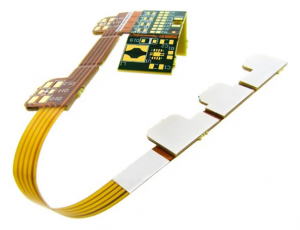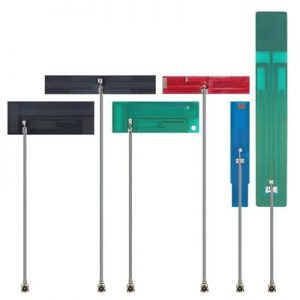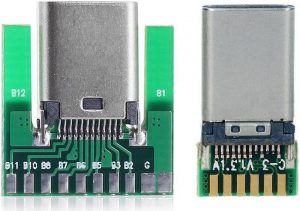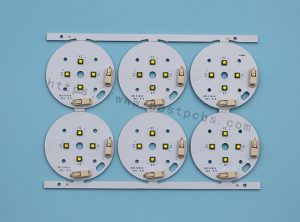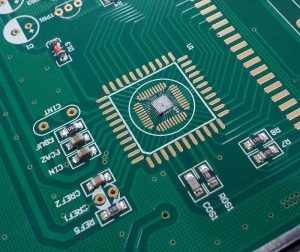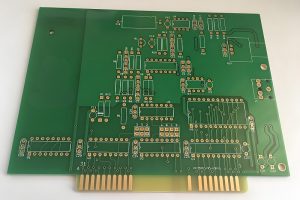PCB for solenoid valve plays a vital role in modern automation, ensuring efficient and reliable control of fluid and gas flow. Without a well-designed PCB, solenoid valves may suffer from slow response times, overheating, or electrical failures. Industries like manufacturing, automotive, and medical equipment rely on high-performance PCBs to maintain smooth operations. Understanding their design, benefits, and troubleshooting techniques ensures optimal functionality and longevity.
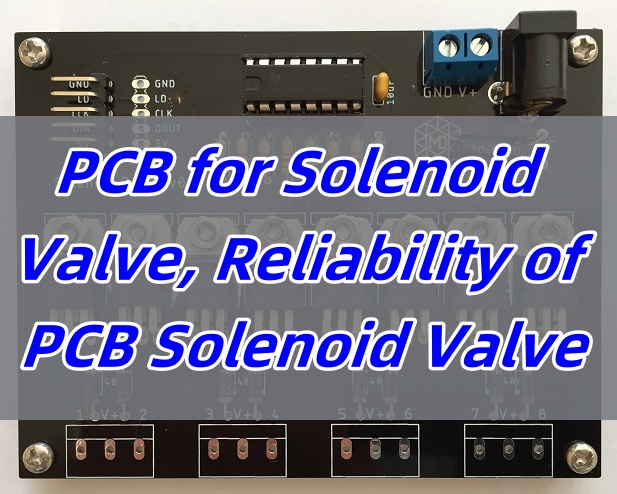
What is a PCB for Solenoid Valve?
A PCB for solenoid valve is an electronic circuit board responsible for managing the electrical signals that control solenoid valve operation. It regulates power distribution, switching mechanisms, and safety features. The board ensures stable voltage levels, reducing wear on components. It also minimizes energy consumption by optimizing current flow. These PCBs are essential in industrial automation, HVAC systems, water control mechanisms, and automotive applications.
How Does a PCB for Solenoid Valve Work?
The PCB acts as an interface between the power source and the solenoid coil. When the circuit receives an electrical signal, it activates the coil, generating a magnetic field. This force moves a plunger inside the valve, allowing fluid or gas to flow. When the power is cut off, the magnetic field disappears, and the valve returns to its default state. Advanced PCBs feature microcontrollers or sensors for precision control. This allows automated adjustments based on pressure, temperature, or flow rate.
How to Design a Reliable PCB for Solenoid Valve Control?
A well-structured PCB design prevents failures and ensures efficient operation. Here are some key considerations:
Trace Thickness: The PCB must handle sufficient current without overheating. Wider traces reduce resistance and improve conductivity.
Material Selection: High-quality copper improves electrical flow, while durable substrates withstand heat and moisture.
Component Placement: Strategic positioning of resistors, diodes, and capacitors enhances efficiency and prevents signal interference.
Thermal Management: Heat sinks, ventilation holes, and thermal vias help dissipate excess heat, preventing burnout.
Shielding and Grounding: Proper grounding reduces electrical noise, ensuring smooth operation in high-frequency applications.
What Are the Advantages of Using a PCB for Solenoid Valves?
Using a dedicated PCB for solenoid valve control offers numerous benefits:
Faster Response Times: A well-designed PCB ensures quick switching, improving efficiency in high-speed applications.
Reduced Power Consumption: Optimized circuits minimize energy waste, making systems more sustainable.
Compact and Organized Design: Integrating multiple functions onto a single PCB eliminates excess wiring and simplifies installation.
Longer Lifespan: Quality circuit boards extend solenoid valve durability by preventing electrical surges and overheating.
Improved Safety: Built-in protective components safeguard against short circuits, voltage spikes, and system failures.
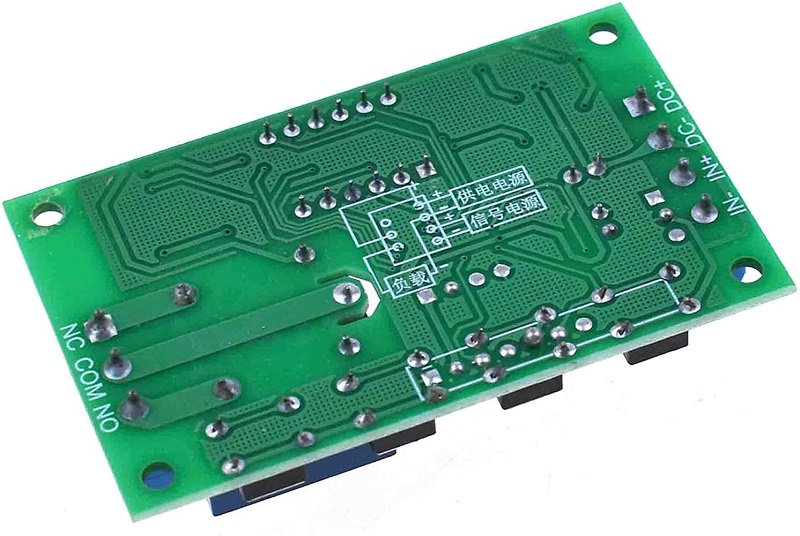
How to Choose the Best PCB for Your Solenoid Valve Application?
Selecting the right PCB involves evaluating performance requirements and environmental factors. Consider the following:
Voltage and Current Ratings: Ensure the PCB supports the solenoid valveâs power requirements to prevent overloading.
Environmental Resistance: For outdoor or industrial use, moisture-proof coatings and heat-resistant materials improve longevity.
Switching Speed: Applications requiring rapid actuation need low-latency circuits for seamless performance.
Customization Needs: Off-the-shelf PCBs work for general applications, but custom designs optimize efficiency and functionality.
Working with a trusted PCB manufacturer ensures a tailored solution that meets specific operational needs. Best Technology specializes in customized board printed circuit solutions, offering high-quality products with quick turnaround times.
What Are Common Issues in PCB Solenoid Valve Circuits and How to Fix Them?
Despite their efficiency, PCB solenoid valve circuits can face technical issues. Here are common problems and solutions:
Voltage Fluctuations: Unstable power can cause erratic operation. Installing capacitors helps stabilize voltage supply.
Overheating: Excess heat damages components over time. Heat sinks and proper ventilation reduce temperature buildup.
Signal Interference: Electrical noise disrupts communication. Shielding techniques and proper grounding minimize interference.
Component Wear: Solder joints and connectors degrade over time. Regular inspections and replacements maintain reliability.
Why Custom PCBs Are Better for Solenoid Valve Control?
Custom PCBs enhance solenoid valve performance by addressing specific design challenges. Unlike standard boards, custom solutions offer:
Optimized Layouts: Reduced energy loss and enhanced conductivity improve efficiency.
Advanced Features: Integrated sensors, microcontrollers, and wireless connectivity enable smart control.
Tailored Solutions: Designed to meet exact voltage, current, and environmental requirements.
By choosing a custom PCB, businesses achieve greater reliability, efficiency, and scalability in automation systems.
How to Improve the Efficiency of a Solenoid Valve PCB?
Boosting PCB performance involves refining circuit design and using quality components. Key improvement strategies include:
Using Low-Resistance Materials: Better conductivity reduces energy waste.
Optimizing Circuit Layout: Shorter pathways improve signal speed and reduce interference.
Implementing Power Management Techniques: Efficient voltage regulation extends battery life in portable applications.
Regular Maintenance: Cleaning and inspecting PCBs prevent failures and extend operational life.
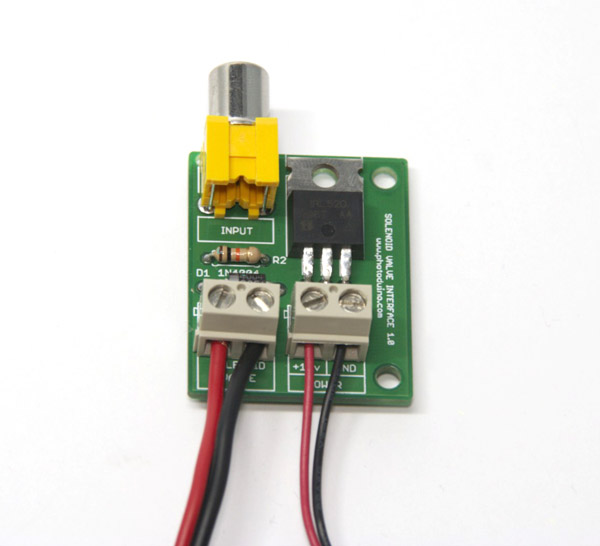
A well-engineered PCB for solenoid valve enhances automation by delivering precision, efficiency, and durability. Industries relying on fluid and gas control benefit from faster response times, reduced power consumption, and extended valve lifespan. Choosing the right PCB, whether standard or custom-designed, ensures seamless operation in demanding environments. For businesses seeking high-quality solutions, partnering with an experienced PCB manufacturer guarantees reliability and performance. At Best Technology, we understand the importance of both quality and speed, providing customized PCB for solenoid valve that exceed expectations. Feel free to contact us at sales@bestpcbs.com for any doubts or queries you might have.


